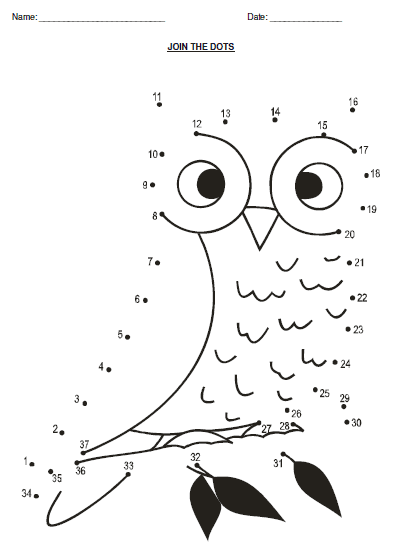Sandstone wrote:Ann wrote:The filters used were infrared, yellow-orange and yellow-green
Ann, how can you tell what filters were used? Just curious & wanting to learn.
Mark
Each APOD usually contains a link called "This image" or something like that. This time there was no such link, so I tried the first link,
deep into NGC 6752. That link takes you to the Hubble/ESA page where you can read about this particular image. This page also gives you facts about how, when and with what telescope the image was taken. You can see (look at the right side of the page), that three filters were used, an infrared filter centered at 814 nm, a optical filter centered at 606 nm, and another optical filter centered at 555 nm.
To me it is important to realize that 606 nm is a yellow-orange color, since 580 nm represents a very pure yellow, and longer waves means redder colors. Therefore 606 nm is a redder color than 580 nm, which is a pure yellow color. 555 nm is a yellowish green color, more like grass than traffic light green.
The picture that was taken through an infrared filter was shown as red. That is why the word
infrared is shown as red on the Hubble/ESA page. The
606 nm optical filter is shown as green, meaning that the picture that was taken through the yellow-orange filter (and which detected yellow-orange light) is shown as a green image. The
555 nm optical picture is shown as blue, meaning that the picture that was taken through the yellow-green filter (and which detected yellow-green light) is shown as a blue image.
An interesting consequence of the choice of filters is that there will be very small color differences between the stars in the image. All stars in a globular cluster (except, perhaps, some young white dwarfs and some hot horizontal branch stars) can be expected to emit quite a lot of yellow-green light and quite a lot of yellow-orange light, too. Not all stars can reasonably be expected to emit a lot of infrared light, but only those stars whose spectra peak far into the infrared can be expected to emit so much more infrared than visual light that they look reddish at all through the filters that were used for this image. Also, only the stars that are considerably hotter than the Sun can be expected to to look at all bluish. All other stars can be expected to emit so much infrared, yellow-orange and yellow-green light that their apparent color will be more or less white in an image like this one.
If one of the filters had been a
blue one, centered at, say, 450 nm, then most reddish stars in this globular cluster would have looked much redder than they do in this image. Most reddish stars emit a reasonable amount of yellow-green light, but they don't emit a lot of blue light at all. Therefore these red stars would only have been detected by the middle (yellow-green or yellow-orange) filter and the long-wave (red or infrared) filter. Similarly, the truly hot stars would have stood out better than they do in this image, because they would have been strongly detected by the blue filter and therefore they would have looked very noticeably bluer than the other stars in this cluster.
Ann
 At the Core of NGC 6752
At the Core of NGC 6752
